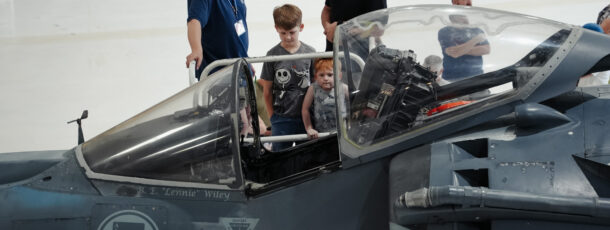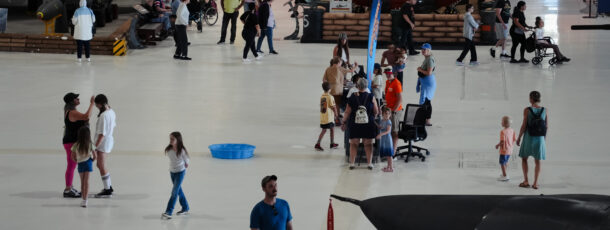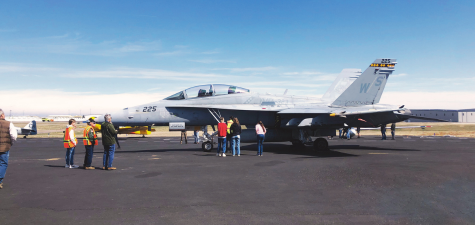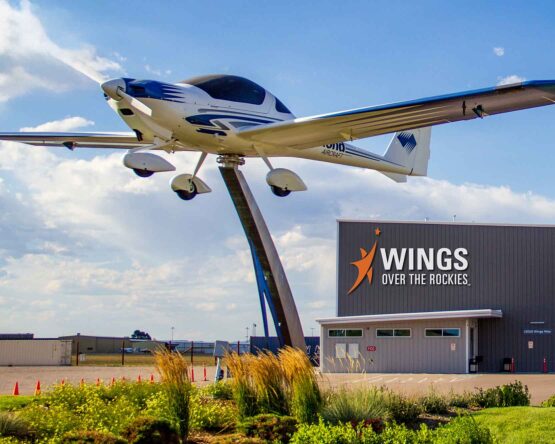One of the most significant lessons to come out of the Vietnam War is that combat aircraft have to operate in an environment that is full of electronic threats, and they need to counter them if they are to succeed in their mission. To protect the US Navy’s strike aircraft and surface ships from these electronic threats, Grumman converted their successful A-6 Intruder attack bomber into a dedicated Electronics Countermeasures (ECM) aircraft called the EA-6B Prowler.
To make room for the electronics needed to perform its mission, Grumman stretched the A-6 to include four seats, one for the pilot, and the other three for electronics systems operators. Together, they use a wide array of resources to jam and confuse enemy radar systems, electronic data links, and communications. In addition to the large antenna array mounted on the tip of the tail, the Prowler can also carry a number of specialized jamming pods under the wings.
The Prowler can also be equipped for Air Defense Suppression to protect a group of aircraft on a strike mission. In this role, it carries High-Speed Anti-Radiation Missiles (HARM) that home in on radar signals from enemy antiaircraft missiles or guns, following them back to destroy their sources. Prowlers were first used in the Vietnam War, and served with the Navy and Marine Corps in the first Gulf War, second Gulf War, and operations against the Taliban in Afghanistan.
This EA-6B Prowler last served with the Navy’s Electronics Warfare Squadron VAQ-134 aboard the USS George H. W. Bush, and was flown to Buckley AFB and towed to the museum after its last deployment in the Persian Gulf. It is on loan from the National Naval Aviation Museum.
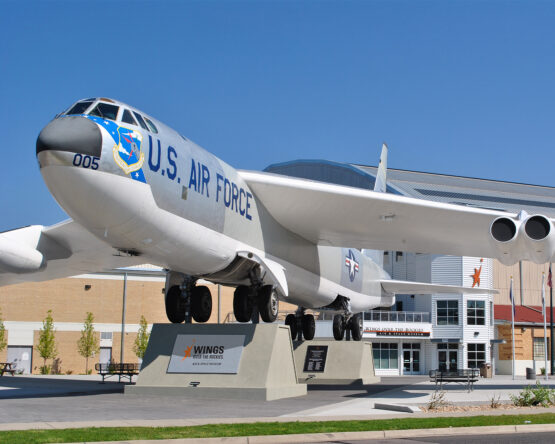 Air & Space Museum
Air & Space Museum














